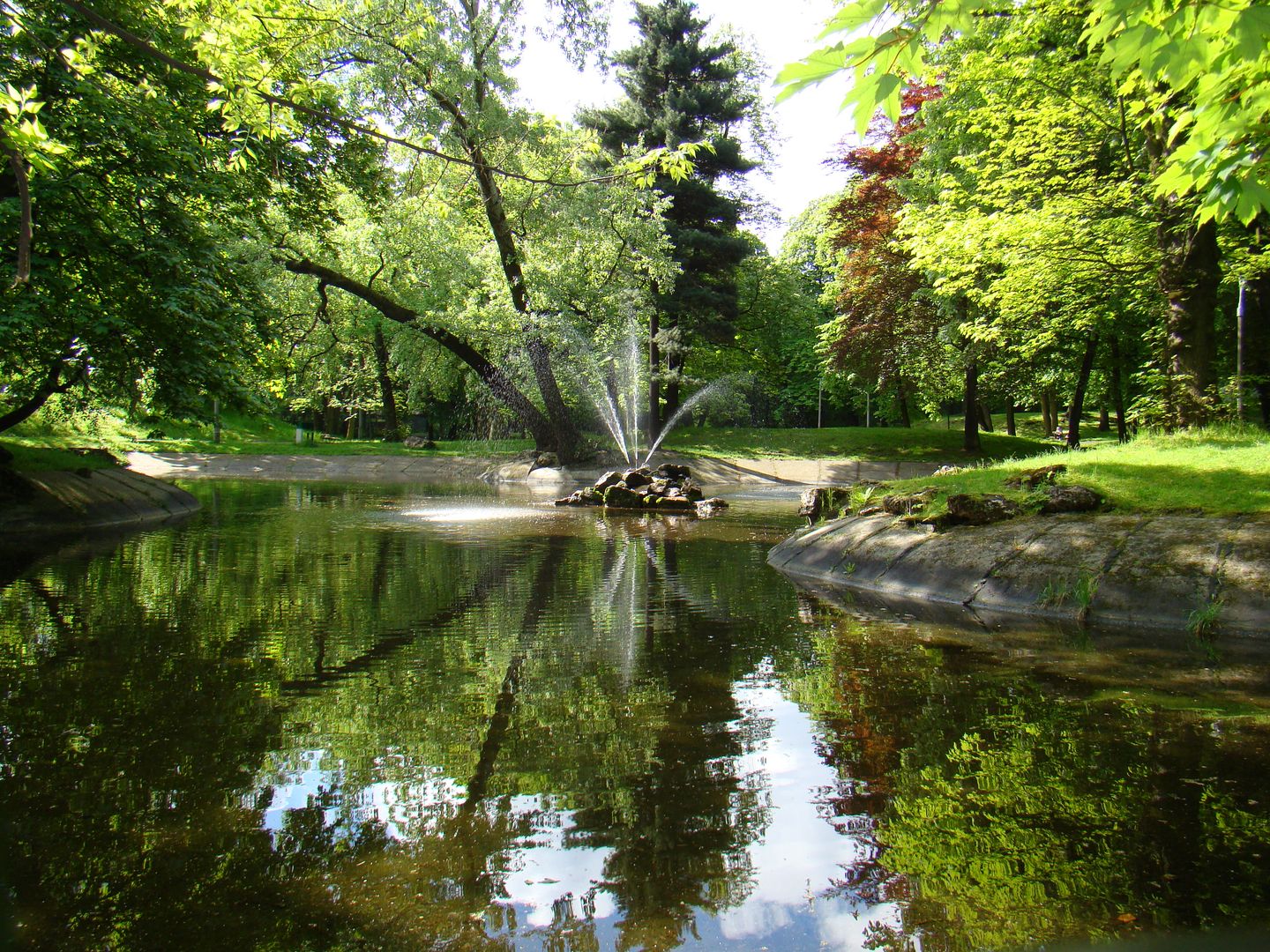Dietl Palace
6.97

Overview
The Dietl Palace in Sosnowiec, designed in the Neobaroque style by Stanisław Waligórski, was built in the 1880s. Constructed from brick and adorned with plaster and artificial stone, the building is distinguished by its majestic architecture, consisting of two sections—a narrower northern part and a broader southern part—both topped with a mansard roof. Originally, it served as the ancestral residence of the Dietl family, functioning in this role until 1945, when it was taken over by the Soviet NKVD command, resulting in the destruction of many valuable interior elements. In the following years, the building served various purposes, including housing a Music School, before being acquired by private owners in 1997, who began its restoration. The palace's value lies in its interiors, where many original decorative elements have been preserved. On the first floor, there are representative rooms, such as a two-story ballroom styled in the Louis XV manner, with decorative mirrors, stuccowork, and a small balcony. The Neobaroque dining room, known as the Dutch Hall, stands out with its oak paneling and elements inspired by Delftware paintings. The palace also features a Neoromanesque smoking room, decorated with plant and animal motifs, and an Art Nouveau study with an ornately adorned ceiling. Interestingly, the luxurious palace bathroom, preserved in almost pristine condition, was featured in the film *Między ustami a brzegiem pucharu* (Between the Lips and the Rim of the Chalice). The Dietl Palace is a valuable monument not only for its architectural merits but also as a witness to the rich history of the region.
Location
2025 Wizytor | All Rights Reserved